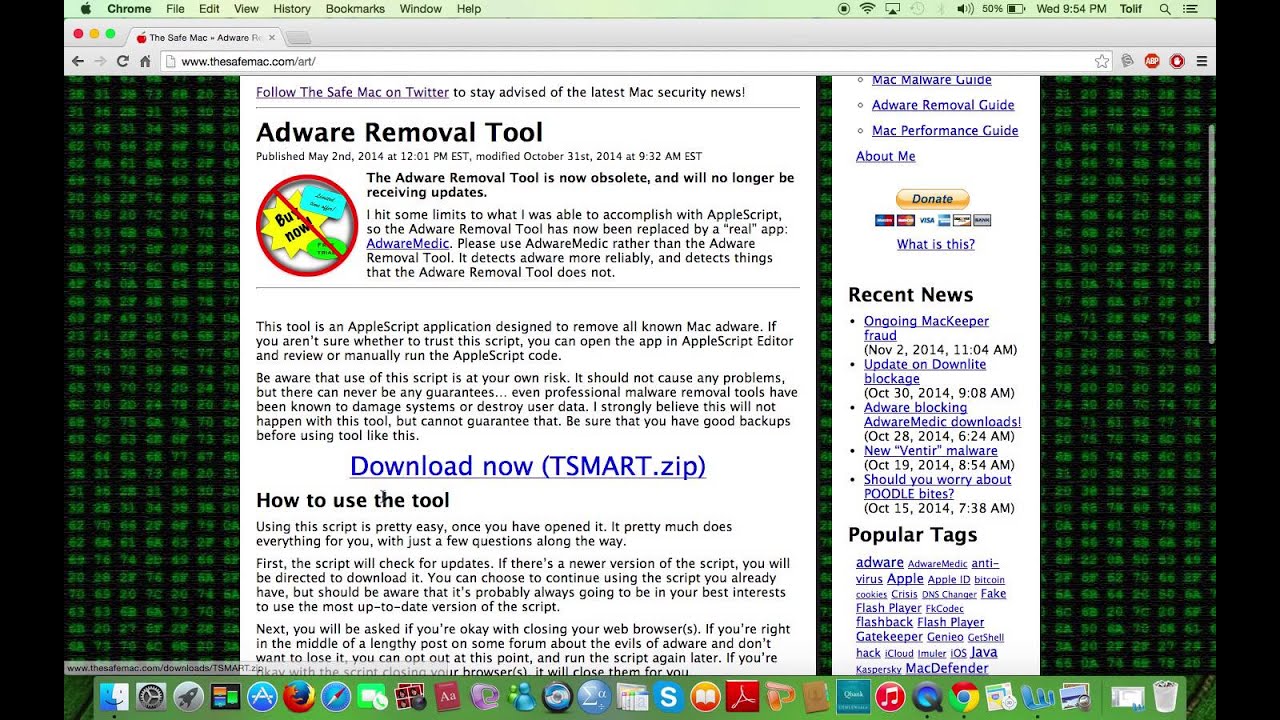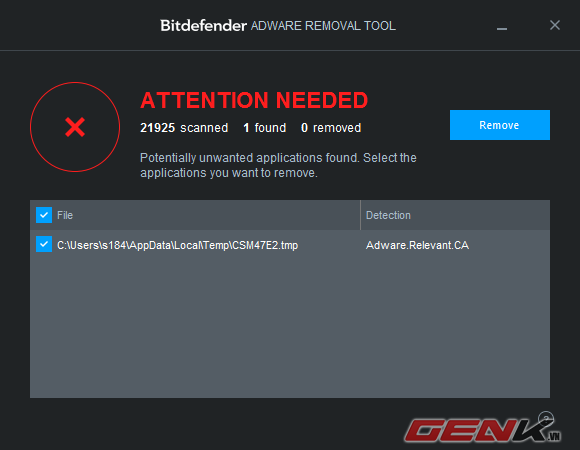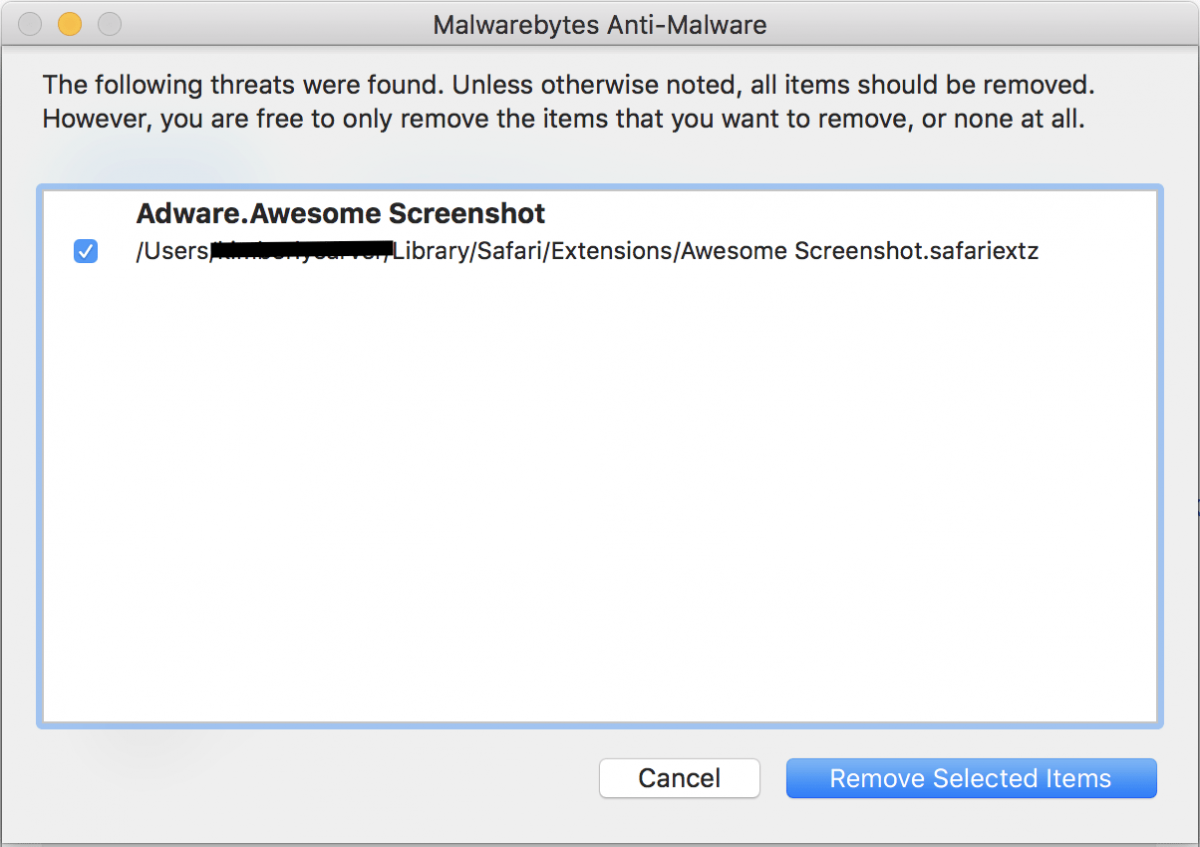

For example, herpes virus in its latent form can cause multisymptom illnesses with a broad range of simultaneous symptoms, such as cognitive disorders, depression, and fatigue ( 18). The effects of these viruses and their antigens on innate immunity throughout life are not fully understood.

According to the World Health Organization, 50%–80% of the world population is infected by polyomaviruses (PyVs) during childhood ( 19). It is well known that some viruses lie dormant within the host after an acute infection. This frame of reference draws attention to the latent viral infections and their role in inflammation. Repetitive and latent viral infections are potential agents of inflammation ( 18). In addition, another study demonstrated that the nucleocapsid (N) protein of Zika virus activated the inflammasome ( 17).

Previously, we have demonstrated that spherical oligomeric proteins of viral origin induce inflammatory responses in macrophages, but the mechanism and molecular components of this process are not yet confirmed ( 16). The structural properties of synthetic nanoparticles determine the outcome of cell activation ( 15). However, the most explored inflammasome triggers are polymeric nanoparticles ( 12), cholesterol crystals ( 13), and airborne pollutants such as silica ( 14). Inflammasome activation was also induced by α-synuclein ( 10) and tau oligomers ( 11). Our previous study showed that NLRP3 inflammasome is activated by amyloid beta (Aβ), both oligomers and protofibrils ( 9). Activation of NLRP3 inflammasome is associated with various diseases, including gout and Alzheimer’s disease ( 8). Endogenous and external factors can trigger its assembly. NLRP3 inflammasome assembly results in IL-1β release and inflammatory cell death-pyroptosis ( 7). It contains three major components-nucleotide-binding and oligomerization domain-like receptor, apoptosis-associated speck-like protein containing CARD (ASC), and pro-caspase-1. The best-described representative is NLRP3 inflammasome. Inflammasomes are intracellular protein complexes representing important components of the innate immune system ( 6). Besides, macrophages are known to recognize the structural properties of the activation agents and influence the inflammatory response via inflammasome activation ( 4, 5). Macrophages are considered as a potential target for treatment of many diseases therefore, molecular mechanisms related to their activation are currently a top priority in research ( 3). The components of innate immunity such as macrophages play a key role in the onset and progression of inflammatory and age-related diseases ( 1, 2). This study provides new insights into the interaction of viral proteins with immune cells and suggests that structural properties of oligomeric proteins may define cell activation pathways. Single-cell RNAseq analysis of THP-1 cells revealed several cell activation states different in inflammation-related genes. A similar activation pattern was observed in primary human macrophages. Inhibitors of cathepsins and K + efflux decreased IL-1β release and cell death, indicating a complex inflammasome activation process. Filamentous NLPs did not induce inflammation while spherical VLPs mediated inflammatory response followed by NLRP3 inflammasome activation. The effects of viral proteins on cell viability, pro-inflammatory cytokines’ production, and NLRP3 inflammasome activation were investigated.

Human THP-1 cell line was used to prepare macrophages that were treated with filamentous nucleocapsid-like particles (NLPs) of paramyxoviruses and spherical virus-like particles (VLPs) of human polyomaviruses. The aim of this study is to investigate how viral oligomeric proteins of different structures induce inflammatory response in macrophages. Viral antigens can activate phagocytes, inducing inflammation, but the mechanisms are barely explored.


 0 kommentar(er)
0 kommentar(er)
